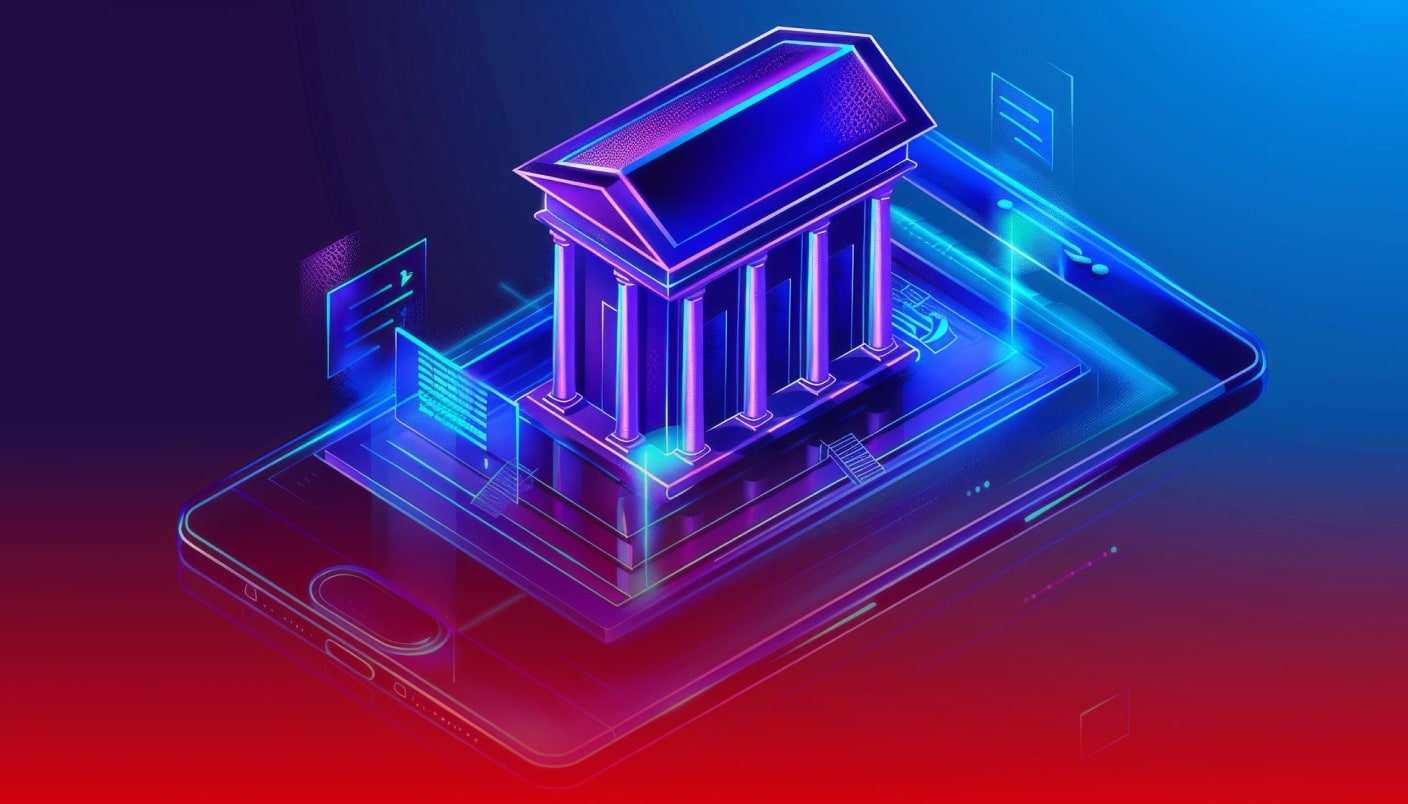Breaking News! 🚨 Top 10 brokers is here! See the most trusted trading platforms of 2024. Go now!
IoT (Internet of Things) and Finance: Smart Devices in Banking
Discover how the Internet of Things (IoT) is revolutionizing the banking industry by streamlining operations, enhancing customer experiences, and introducing innovative financial services through smart, interconnected devices.
1 year ago, Sep 12, 9:22 am

This article explores the transformative impact of the Internet of Things (IoT) on the banking industry. IoT refers to the network of interconnected devices embedded with sensors, software, and network connectivity, enabling them to collect and exchange data. As we delve into the intersection of IoT and finance, we’ll examine how smart devices are reshaping banking operations, enhancing customer experiences, and introducing new paradigms in financial services.
Overview of IoT Technology And its Applications in Banking
The integration of IoT technology into banking has ushered in a new era of connectivity and data-driven decision-making. Banks are leveraging IoT devices to streamline operations, improve security, and offer personalized services to their customers. From smart ATMs and biometric authentication to predictive maintenance of banking infrastructure, IoT is revolutionizing the way financial institutions operate and interact with their clients.
In recent years, the banking sector has witnessed a surge in IoT adoption, with applications spanning various aspects of financial services. Smart branches equipped with IoT sensors can track customer foot traffic and optimize staffing levels accordingly, reducing wait times and improving service efficiency. IoT-enabled cash management systems in ATMs and vaults provide real-time monitoring of cash levels, enabling more accurate forecasting and reducing the risk of cash shortages or overages.
Additionally, wearable devices and smartphones with banking apps are transforming the way customers interact with their finances, offering convenient access to account information, transaction capabilities, and personalized financial advice.
Analysis of IoT-Enabled Devices and Their Role in Financial Services
One of the most visible applications of IoT in banking is the evolution of ATMs into smart, connected devices. Modern ATMs are equipped with sensors and advanced software that enable predictive maintenance, reducing downtime and improving reliability. According to a study by NCR Corporation, IoT-enabled ATMs can reduce maintenance costs by up to 40% and increase uptime by 30%. These smart ATMs can also offer personalized services, such as remembering customer preferences or providing targeted marketing messages based on transaction history.
Other key IoT devices transforming financial services include:
- Biometric sensors for secure authentication
- Beacons for personalized in-branch experiences
- Smart cards with enhanced security features
- Wearable devices for contactless payments
- IoT-enabled POS terminals
The integration of these devices into banking ecosystems is creating a more connected and responsive financial landscape. For instance, biometric sensors in smartphones and banking apps are revolutionizing identity verification, with fingerprint and facial recognition becoming standard features. A report by Juniper Research predicts that by 2024, over 1.5 billion people will use biometric authentication for financial services.
Wearable devices, such as smartwatches and fitness trackers, are also emerging as powerful tools for financial transactions and monitoring. These devices not only facilitate contactless payments but can also provide real-time financial alerts and even track spending habits.
Evaluation of Benefits, Challenges, and Risks Associated with IoT Adoption
The adoption of IoT in banking brings a multitude of benefits, but it also presents significant challenges and risks that financial institutions must carefully navigate. On the positive side, IoT integration can lead to enhanced customer experiences, improved operational efficiency, and data-driven insights that can inform strategic decision-making.
However, the increased connectivity and data collection associated with IoT also introduce new vulnerabilities and complexities. Cybersecurity becomes a paramount concern, as each connected device represents a potential entry point for malicious actors. Moreover, the sheer volume of data generated by IoT devices poses challenges in terms of storage, analysis, and compliance with data protection regulations like GDPR.
Benefits:
- Enhanced customer experience
- Improved operational efficiency
- Real-time data analytics
- Personalized financial services
- Cost reduction in the long term
Challenges:
- Integration with legacy systems
- Data management and analysis
- Ensuring interoperability
- Regulatory compliance
- High initial implementation costs
Risks:
- Cybersecurity vulnerabilities
- Data privacy concerns
- Technological obsolescence
- Dependence on third-party vendors
- Potential for system-wide failures
Exploration of Use Cases for IoT in Banking Operations and Customer Service
The implementation of IoT in banking has given rise to a variety of innovative use cases that are transforming both backend operations and customer-facing services. In the realm of operations, IoT sensors are being utilized for predictive maintenance of critical infrastructure, such as ATMs and data centers, reducing downtime and maintenance costs.
For instance, JPMorgan Chase has implemented IoT-enabled energy management systems in its branches, resulting in a 15% reduction in energy consumption. On the customer service front, beacon technology is enabling personalized experiences in bank branches, where customers receive tailored information and offers on their smartphones as they enter.
Some banks are even experimenting with IoT-enabled smart contracts for faster, more secure loan processing. Barclays, for example, has piloted a program using IoT devices to track collateral for asset-based lending, providing real-time updates on the value and location of assets. These use cases demonstrate how IoT is not only streamlining internal processes, but also creating more engaging and efficient banking experiences for customers.
Considerations for Integrating IoT Solutions into Financial Institutions
One primary consideration is the need for a robust cybersecurity framework to protect the vast network of connected devices and the sensitive data they handle. According to a report by Deloitte, 98% of financial services companies consider IoT security a top priority. Institutions must also address data privacy concerns, ensuring compliance with regulations like GDPR and CCPA. Scalability is another crucial factor, as the IoT ecosystem must be able to grow and adapt to changing technological landscapes and customer needs. Financial institutions need to evaluate their existing IT infrastructure and determine necessary upgrades to support IoT integration.
Additionally, staff training and change management strategies are essential to ensure smooth adoption and utilization of new IoT technologies. A survey by PwC found that 63% of financial services organizations cited lack of skilled staff as a major barrier to IoT implementation.
Lastly, financial institutions must carefully assess the return on investment (ROI) of IoT initiatives, considering both short-term costs and long-term benefits in areas such as operational efficiency, customer satisfaction, and competitive advantage.
Summary
- IoT technology is revolutionizing the banking industry, offering enhanced connectivity and data-driven solutions.
- Smart devices in banking range from customer-facing wearables to backend systems, improving both operations and customer experiences.
- While IoT adoption brings numerous benefits, it also presents challenges in cybersecurity, data management, and regulatory compliance.
- Use cases for IoT in banking span from predictive maintenance and energy management to personalized customer services and smart contracts.
- Successful integration of IoT solutions requires careful planning, robust security measures, and strategic investments in infrastructure and staff training.
Get SCTA's daily newsletter in your inbox every weekday.
You may unsubscribe at any time.
